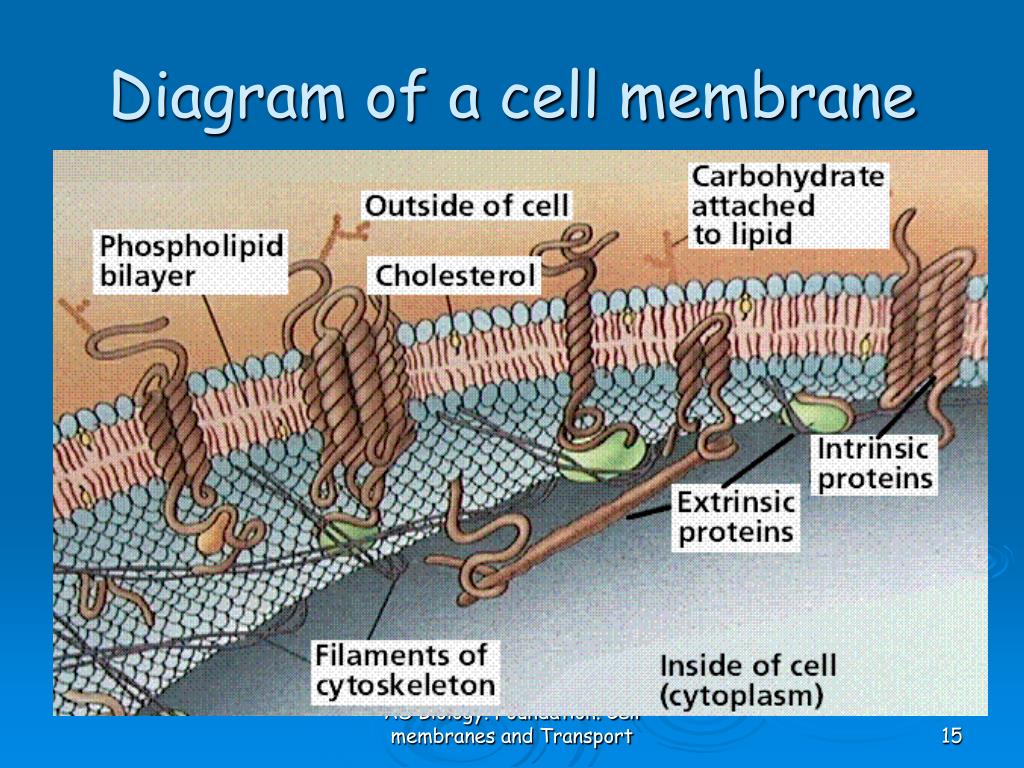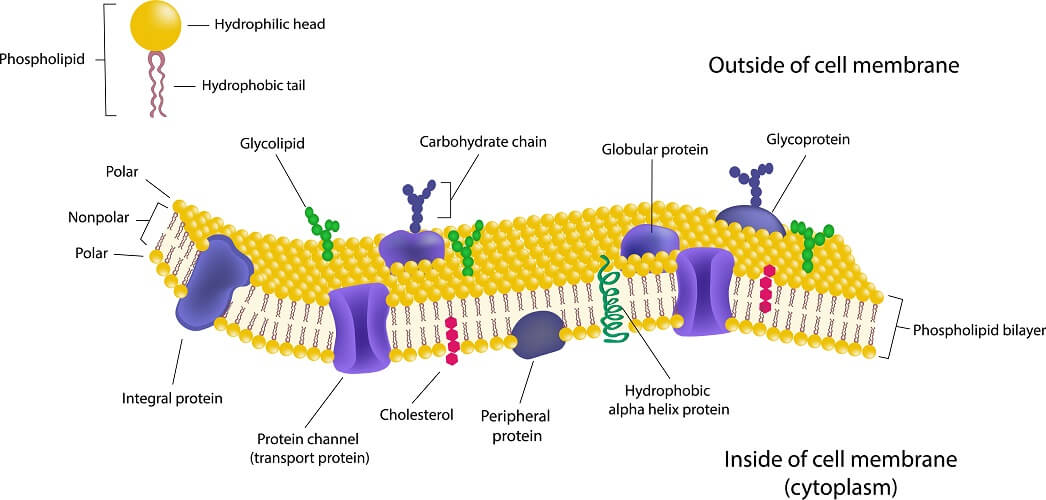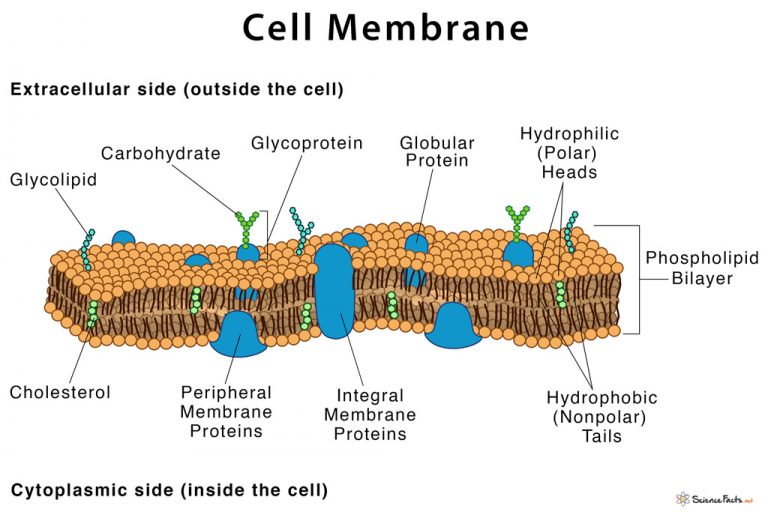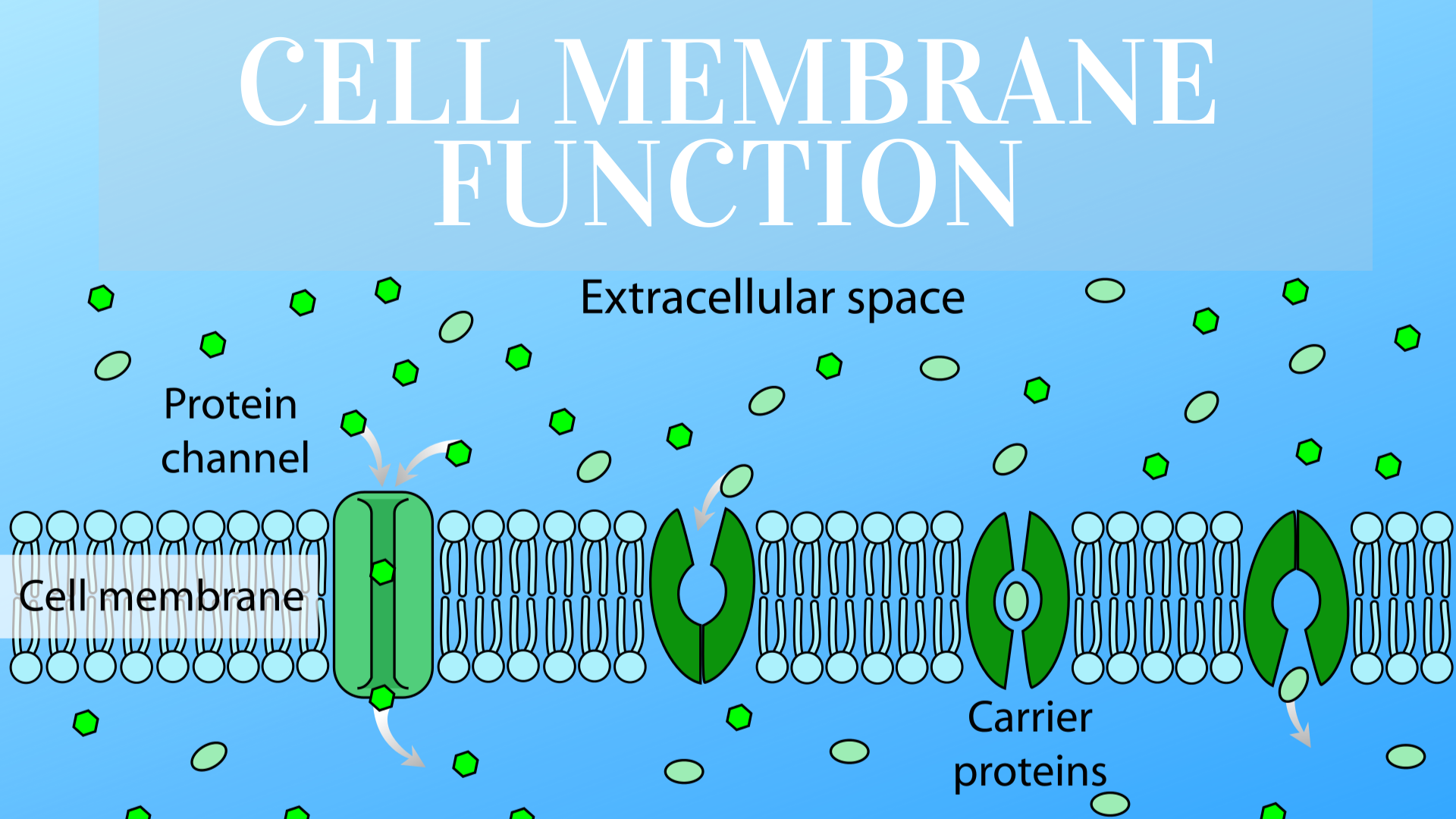

This way, it could keep fluids outside the cell from passing through, while also preventing the fluids inside the cell from leaking out. It was this insight – that oil and water repel each other – that led scientists to wonder if the cell membrane might somehow be made of a substance that repels water. Although these early studies didn’t directly focus on membranes or even cells, they were very important because they described the repulsion that occurs when water-insoluble fluids, such as oil, come in contact with water. He and other scientists developed tools and mathematical methods for calculating the surface area covered by the oil film. More than a century later, in 1890, Lord Rayleigh repeated Franklin’s experiments while studying at Cambridge University in England.

I saw it spread itself with surprising swiftness upon the surface… Though not more than a teaspoonful, produced an instant calm over a space several yards square which spread amazingly and extended itself gradually till it reached the side, making all that quarter of the pond, perhaps half an acre, as smooth as a looking glass. I fetched out a cruet of oil and dropped a little of it on the water. In 1774, Franklin observed the effects of oil on a surface of water and found that the oil does not mix with the water but rather spreads over the water’s surface to create a thin film: Our scientific understanding of membranes began with the American statesman Benjamin Franklin. Yes, it does restrict many molecules from entering (or leaving) the cell, but it is also designed so that some molecules can very quickly move through the membrane, and thus enter or leave the cell with ease. We now understand that the plasma membrane is a very dynamic part of the cell and that is much more than just a barrier. From the 17 th century until around the 1960s, the outer membrane of cells was thought to be a simple passive barrier. Although it was too thin for them to see with simple light microscropes, scientists called this outer wrapping a membrane (in Latin, membrana), which means a thin layer of skin or tissue.




 0 kommentar(er)
0 kommentar(er)
